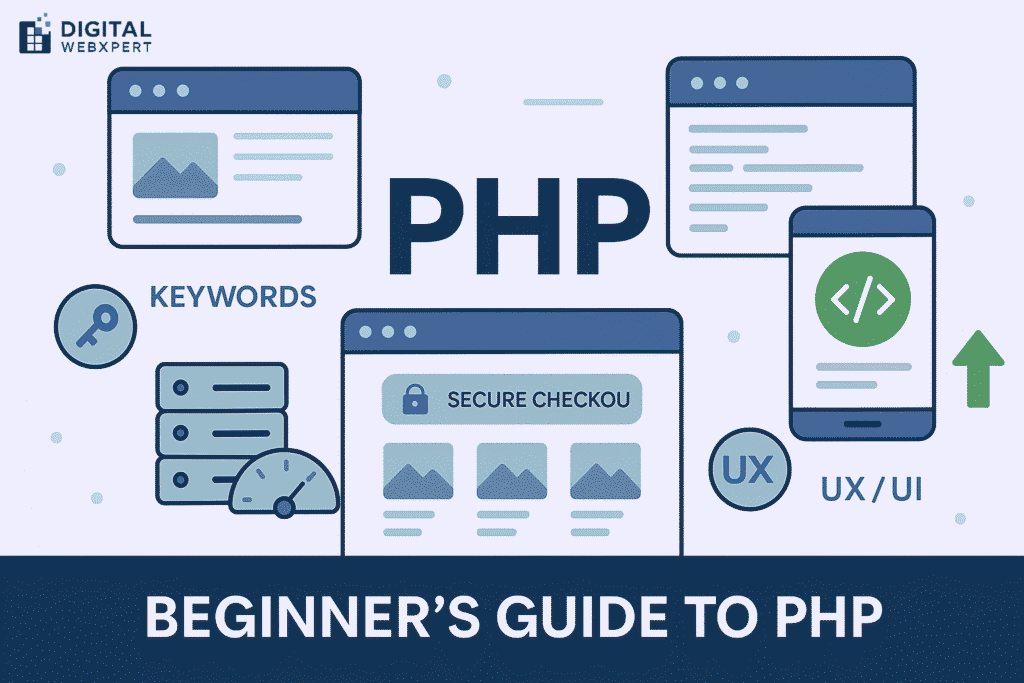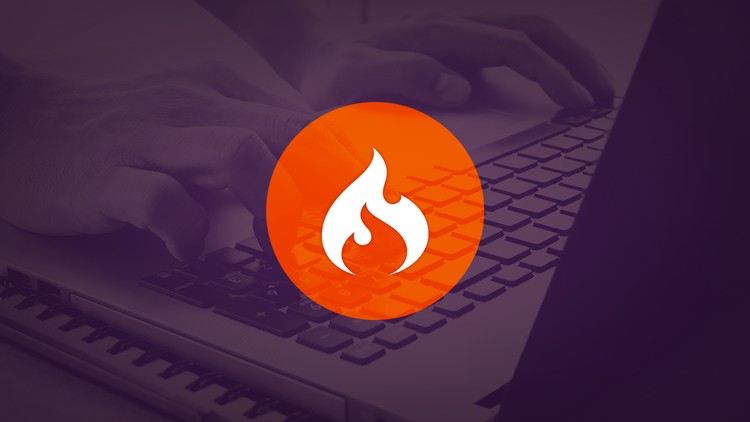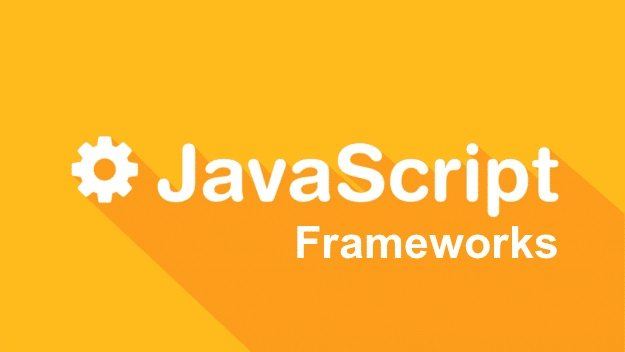If you’ve ever searched “what is PHP?” you’re not alone. PHP remains one of the most widely used server-side scripting languages in the world. From WordPress to Facebook, PHP has powered the web for decades — and it still plays a crucial role in web development today.
In this comprehensive beginner’s guide, you’ll learn:
What PHP is
How it works
Why developers and businesses use it
How PHP compares to modern languages
Real-world applications of PHP
How to start learning PHP
Let’s dive in!
🔍 What Is PHP?
PHP stands for Hypertext Preprocessor (a recursive acronym). It’s an open-source server-side scripting language designed specifically for web development.
In simple terms:
👉 PHP runs on the web server
👉 It processes data and generates HTML
👉 That HTML is then sent to the user’s browser
PHP allows you to create dynamic web pages that can respond to user input, interact with databases, handle forms, and much more.
🏗️ How Does PHP Work?
Here’s a basic PHP workflow:
A user requests a PHP page (e.g., contact.php).
The server runs the PHP code.
PHP may connect to a database, retrieve data, or perform logic.
The server outputs the final HTML to the browser.
Unlike frontend languages like HTML or CSS, PHP works behind the scenes on the server.
Example:
This code outputs:
Hello, world!
🔎 Why Is PHP So Popular?
Despite newer technologies, PHP powers over 75% of all websites using server-side programming — including giants like:
WordPress
Facebook (initially)
Wikipedia
Mailchimp
Here’s why it’s still dominant:
✅ Easy to Learn
PHP has a gentle learning curve, making it perfect for beginners.
✅ Huge Ecosystem
Millions of developers, frameworks (like Laravel), CMSs (like WordPress), and libraries.
✅ Cross-Platform
Runs on Linux, Windows, macOS, and supports all major servers.
✅ Built for the Web
While other languages evolved into web use, PHP was created for it.
💡 What Can You Do With PHP?
PHP is versatile. You can use it to:
Build dynamic websites and web apps
Create login systems and user authentication
Send emails from forms
Upload files and manage user data
Generate PDFs, images, and reports
Create APIs for mobile or web apps
Develop CMS platforms (like WordPress)
In fact, WordPress, the world’s most-used CMS, is built entirely on PHP.
⚖️ PHP vs Other Web Languages
| Feature | PHP | Python | JavaScript |
|---|---|---|---|
| Type | Server-side | General-purpose | Client + Server |
| Use Case | Web-focused | AI, data, web | Web, full stack |
| Syntax | Easy | Clean | Flexible |
| Hosting | Widely supported | Moderate | High |
| Speed | Fast | Moderate | Fast |
While Python and Node.js are gaining popularity, PHP remains the go-to for fast, affordable web development — especially for small businesses.
🛠️ Popular PHP Frameworks
Frameworks help streamline development and follow best practices.
Laravel – Most popular, modern syntax, great for apps
CodeIgniter – Lightweight, fast
Symfony – Enterprise-level PHP framework
Yii2 – Performance-oriented
Phalcon – Very fast, built in C
These tools make PHP development scalable, efficient, and maintainable.
💾 PHP and Databases
PHP works beautifully with databases, especially MySQL.
Example:
$conn = mysqli_connect(“localhost”, “user”, “password”, “myDB”);
This allows you to create:
Member systems
E-commerce stores
Blog platforms
Dashboards and portals
PHP + MySQL is a powerful combo still used in modern web stacks.
🚀 Is PHP Still Worth Learning in 2025?
Yes! Here’s why:
Massive job market: Still in high demand for backend roles.
Legacy systems: Many big businesses still rely on PHP.
Open-source tools: WordPress, Joomla, Magento — all PHP-based.
Affordable hosting: PHP hosting is cheaper and widely available.
Even if you plan to learn Python, Node.js, or Ruby, understanding PHP gives you real-world, job-ready experience — especially for freelance work.
🧑💻 How to Start Learning PHP
You don’t need a CS degree. Here’s a roadmap:
Install XAMPP or MAMP (local server)
Start writing basic scripts
Learn about variables, arrays, loops, functions
Explore form handling and database connections
Try building a small project (like a to-do list)
Learn a framework like Laravel or CodeIgniter
Resources:
PHP.net – Official docs
W3Schools – Beginner-friendly
Laracasts.com – For Laravel learners
📈 Real-World Uses of PHP
✅ WordPress sites (43% of the internet)
✅ Custom eCommerce sites
✅ Admin dashboards
✅ CRMs
✅ APIs
✅ File management systems
✅ SaaS platforms
PHP isn’t going anywhere — and understanding it is a career asset.
🧩 Final Thoughts: Why PHP Still Matters
If you’ve ever wondered “what is PHP?” — now you know it’s more than just old code.
✅ It’s powerful.
✅ Beginner-friendly.
✅ Time-tested.
✅ Backed by a massive community.
Whether you’re a freelancer, business owner, or beginner dev, learning PHP helps you understand how the web really works.
💬 Need a PHP Website for Your Business?
At Digital WebXpert, we build fast, secure, and scalable websites using PHP and modern frameworks. From WordPress development to custom PHP solutions, we help your business grow online.
📞 Let’s build your future → www.digitalwebxpert.com



